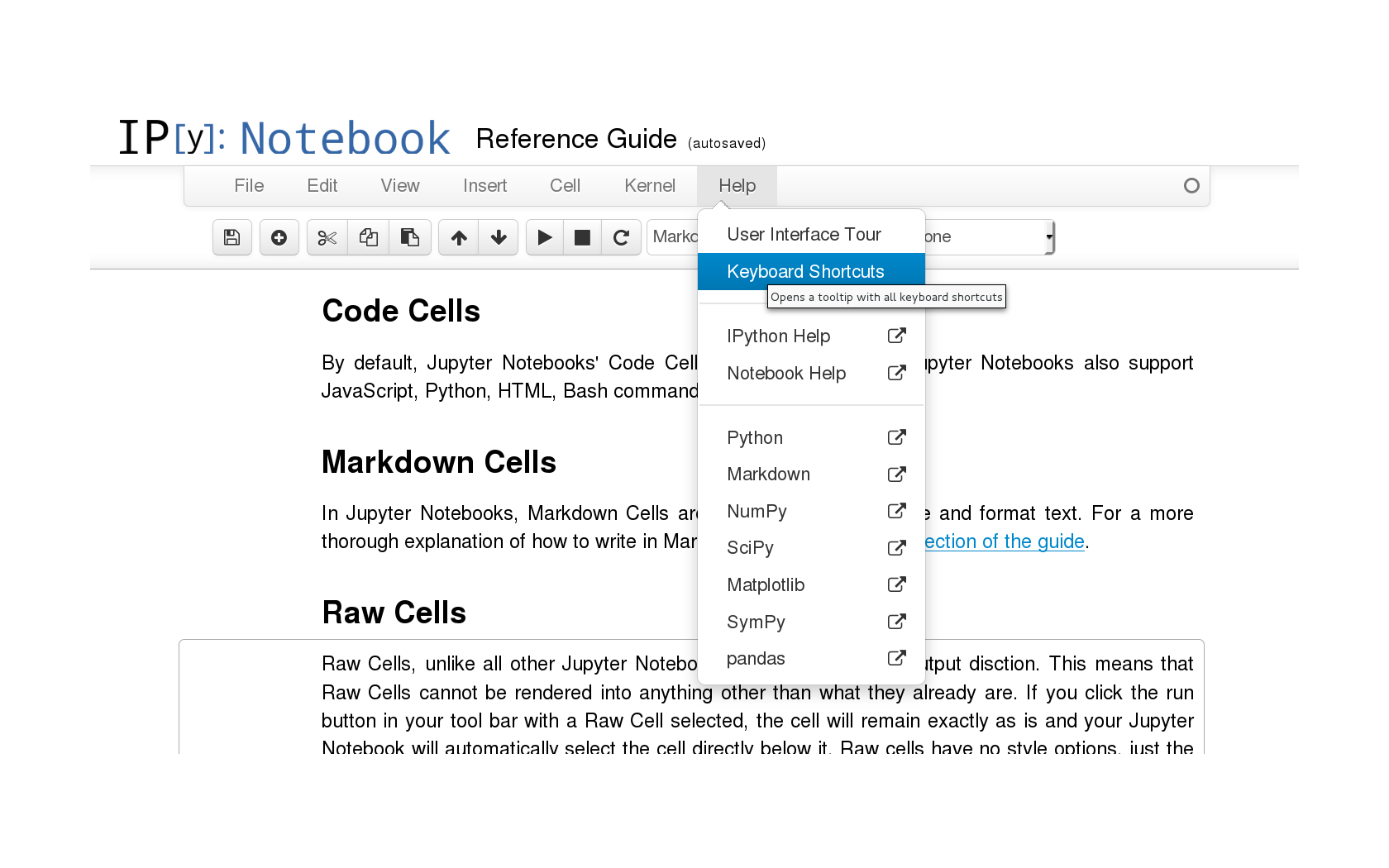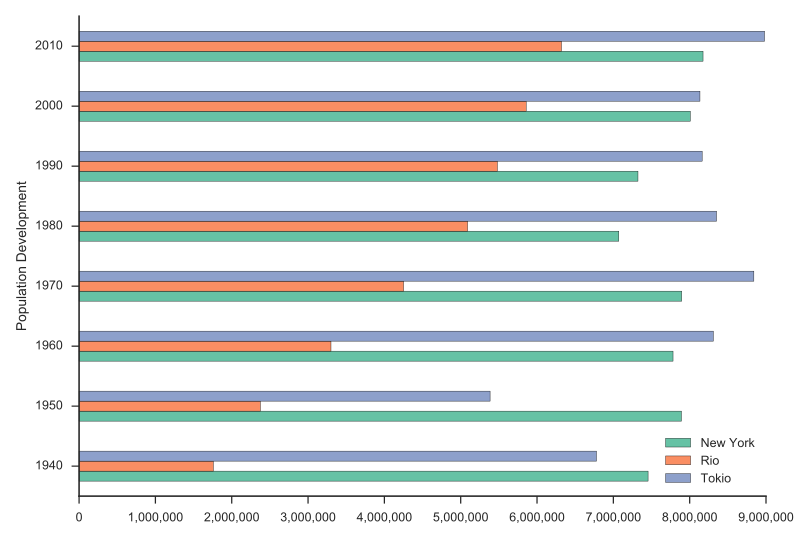Oct 14, 2020 Text cells in Jupyter support the Markdown language and we are going to take a look at the facilities that it offers. Markdown is a set of simple markup codes that are easily transformed into HTML for rendering in a browser.
Jupyter Notebook is a great tool for data analysis. And one of its greatest features is that you can easily combine runnable code with rich-text annotations. Markdown cells that contain such annotations support both HTML and Markdown syntax.
Personally I prefer # Header (markdown syntax) to <h1>Header</h1> (HTML syntax) in my notebook’s cells as the former looks more human. So I use markdown syntax more often and a concise cheat sheet for Jupyter Notebook markdown is what I was missing for a long time. Yes, I’m aware of such comprehensive cheat sheets like this and this, they are great but too verbal and it’s hard to print them on one page to have it easily accessible.
Eventually, I decided to gather all crucial points of the markdown syntax that are actual for Jupyter notebook and combine them in a concise cheat sheet that I present to you. It doesn’t explain much but should be useful if you simply forgot something. Click the picture to download the PDF version.

- A Jupyter Notebook file uses cells to organize content, and it can contain both cells that render text written using the Markdown syntax as well as cells that contain and run Python code. Thus, you can use a combination of Markdown and Python code cells to organize and document your Jupyter Notebook for others to easily read and follow your.
- Using markdown, you can quickly include headers, links, images, bold or italic text, paragraphs, and ordered or unordered lists. In this guide, we'll be using Jupyter notebooks to demonstrate markdown, however note that markdown is not Jupyter specific. Many other services and products use it to allow easy text formatting.
Markdown Syntax Jupiter Minecraft

Markdown Syntax Jupyter Example
I didn’t get into the details of LaTeX syntax (see the penultimate cell in the cheat sheet with the square root of k) since it’s well described here (get ready, it’s a very long document) and you can even download a pretty good cheat sheet here.
